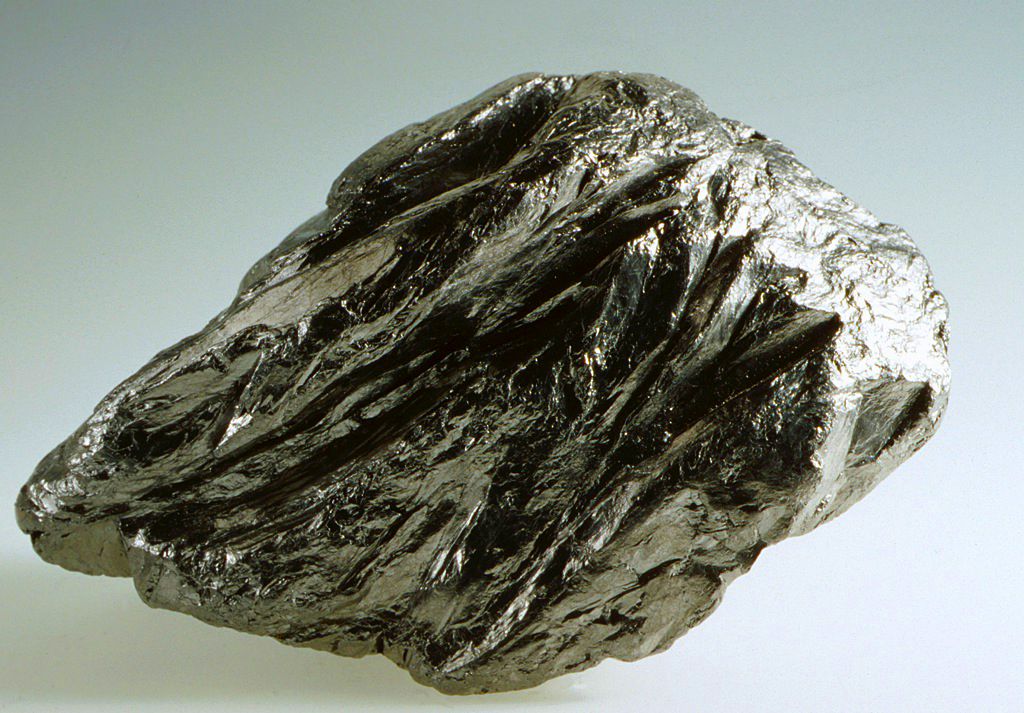
Graphite, a naturally occurring form of crystalline carbon, is rapidly becoming one of the most sought-after materials across various industries. The growing demand for graphite can be attributed to several key factors, each highlighting its unique properties and versatile applications.
Global graphite applications are expected to grow at an average annual rate of 6.5% from 2023 to 2033. During this period, the value of worldwide graphite production is projected to reach approximately USD 46.2 billion.
Crucial Benefits of Natural Graphite
Natural graphite is highly valued for its excellent electrical and thermal conductivity, making it an essential component in many high-tech applications. Additionally, its lubricity—the ability to reduce friction—makes it an ideal material for various industrial uses. These properties are driving increased demand in sectors that require reliable, efficient materials for conducting heat and electricity, as well as for reducing wear and tear in machinery.
Porous Structure and Anode Applications
One of the most significant developments in the energy sector is the utilization of carbon graphite as an anode material in batteries. The porous structure of carbon graphite allows it to store and release energy efficiently, making it a perfect fit for lithium-ion batteries, which power everything from smartphones to electric vehicles. As the global shift towards renewable energy and electric mobility accelerates, the demand for high-quality anode materials is pushing graphite sales to new heights.
Increased Use of Synthetic Graphite
While natural graphite continues to be in high demand, synthetic graphite is also seeing a surge in usage across various industries. Its consistent quality and high purity make it ideal for applications in batteries, foundry-facing, lubricants, crucibles, and refractories. The ability to tailor synthetic graphite to specific requirements gives it an edge in specialized industrial processes, further driving its market growth.
Graphite in 3D Printing: A New Frontier
One of the most exciting trends in modern manufacturing is the use of graphite as a feedstock in 3D printing. Graphite’s excellent thermal and electrical properties, combined with its ability to be easily shaped, make it a perfect material for creating complex, high-performance components. As 3D printing technology advances, the use of graphite in this field is expected to grow, opening up new possibilities for innovative product design and manufacturing.
Trends Pushing Graphite Sales
Several trends are fueling the rising demand for graphite. The global push towards clean energy solutions is increasing the need for high-performance batteries, where graphite plays a crucial role. The expansion of the electric vehicle market, the growth of renewable energy storage, and advancements in electronics all contribute to the rising demand. Additionally, the ongoing development in 3D printing technologies is opening up new avenues for graphite applications, further driving its sales.
In conclusion, graphite’s unique properties, combined with emerging trends in energy, manufacturing, and technology, are making it an indispensable material in today’s industrial landscape. As demand continues to rise, graphite is poised to play a central role in shaping the future of multiple industries.
Discover Why Graphite is the Material of the Future: Essential Trends and Applications Detailed in Our Full Report!

